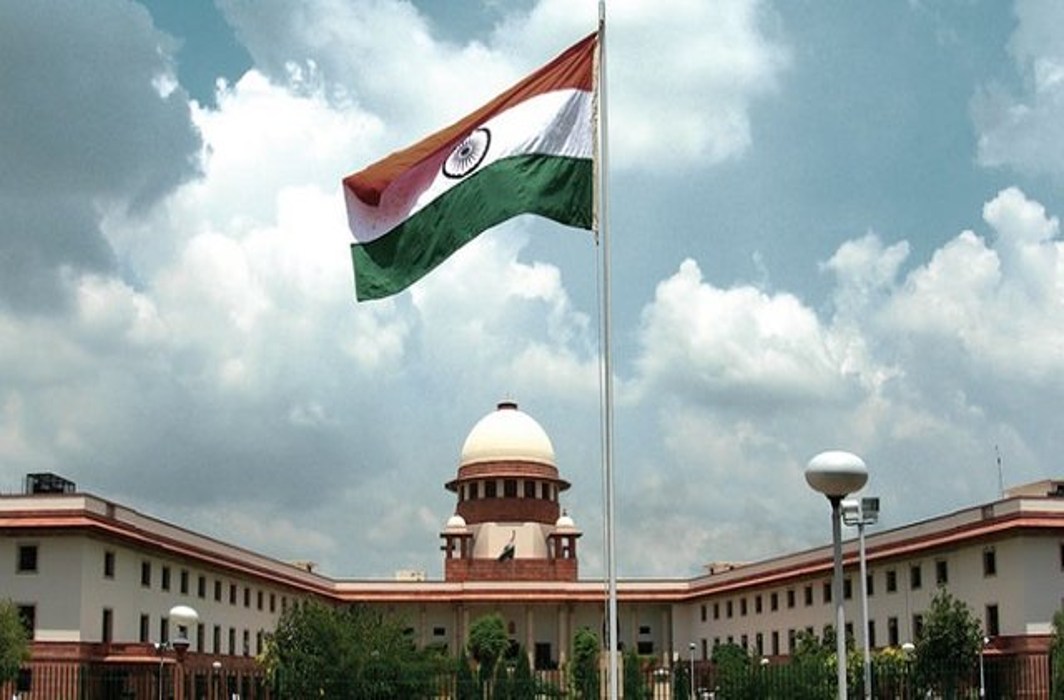The court recalled the section 162 of CrPC and stated that the presence of police during the test identification parades happen to fall within the ban of this section. This exceptional judgement was passed by the Supreme Court by the Hon’ble Justice Sanjay Kishan Kaul, Justice Krishna Murari and Justice Hrishikesh Roy in the matter of Chunthuram versus State of Chattisgarh [Criminal Appeal No.- 1392 of 2011].
The presence of police only creates communications tantamount to statements made by the identifiers to a police officer during the investigation process which fall within the ambit of ban under section 162 of the CrPC. This case where the accused Chunthuram and others were accused of murder. After relying on the eye witness after he identified the ‘lungi’ as an evidence the other accused were acquitted by the high court.
The amicus curie of the appellant stated that “the evidence on record to firstly point out that recovery of the weapons of assault from the house of the accused, was never linked to the crime and therefore the recovered articles can be of no use for the prosecution.”
Also “The credibility of the sole eye-witness Bhagat Ram (PW-4) with his poor eyesight (inability to see anything beyond a distance of two feet) coupled with his weak hearing is challenged by the learned advocate by highlighting the fact that the incident occurred on a cloudy evening”.
The court after the discussion concluded that “The alleged weapons of assault recovered on the basis of statement of the accused could be a key evidence to support the prosecution, but unfortunately, the recovered articles were never linked to the crime. The police sent them to the CHC for examination and the CHC Doctor (PW-7) had stated that the injuries found on the body could have been caused by those weapons. However, in his cross-examination, the Doctor admitted that bloodstains or other marks on the exhibits could not be seen.”
Further stating that “to establish the presence of Chunthuram at the place of incident, the Courts relied on the Test Identification Parade and the testimony of Filim Sai (PW-3). The Test Identification evidence is not substantive piece of evidence but can only be used, in corroboration of statements in Court.”
The court continued to state after relying on the judgement passed in the case of Ramkishan Mithanlal Sharma vs. The State of Bombay that “The infirmities in the conduct of the Test Identification Parade would next bear scrutiny. The major flaw in the exercise here was the presence of the police during the exercise. When the identifications are held in police presence, the resultant communications tantamount to statements made by the identifiers to a police officer in course of investigation and they fall within the ban of section 162 of the Code.”


